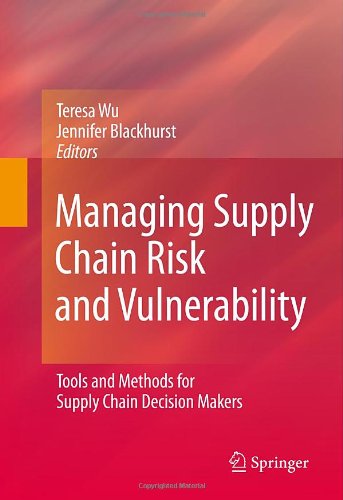

Most ebook files are in PDF format, so you can easily read them using various software such as Foxit Reader or directly on the Google Chrome browser.
Some ebook files are released by publishers in other formats such as .awz, .mobi, .epub, .fb2, etc. You may need to install specific software to read these formats on mobile/PC, such as Calibre.
Please read the tutorial at this link: https://ebookbell.com/faq
We offer FREE conversion to the popular formats you request; however, this may take some time. Therefore, right after payment, please email us, and we will try to provide the service as quickly as possible.
For some exceptional file formats or broken links (if any), please refrain from opening any disputes. Instead, email us first, and we will try to assist within a maximum of 6 hours.
EbookBell Team

0.0
0 reviewsEffective supply chain management is a critical component of any company’s ability to meet consumer demand. Disruptions to the supply chain disturb the normal flow of goods and materials and, as a consequence, expose firms to operational and financial risks. Managing Supply Chain Risk and Vulnerability, a book that both practitioners and students can use to better understand and manage supply chain risk, presents topics on decision making related to supply chain risk.
Because a supply chain disruption can be potentially so harmful and costly, there has been a recent surge in interest – from academics and practitioners alike – in supply chain disruptions and related issues. Leading academic researchers, as well as practitioners, have contributed chapters focusing on developing an overall understanding of risk and its relationship to supply chain performance; investigating the relationship between response time and disruption impact; assessing and prioritizing risks; and assessing supply chain resilience, as well as providing tools and methods for assisting with decision making and risk mitigation in the supply chain.
Supply chain managers will find Managing Supply Chain Risk and Vulnerability a useful tool box for methods they can employ to better mitigate and manage supply chain risk. On the academic side, the book can be used to teach senior undergraduate engineering, supply chain, and operations students focusing on current supply chain topics, as well as graduate-level engineering and MBA students. Additionally, researchers may use the text as a reference in the area of supply chain risk and vulnerability.